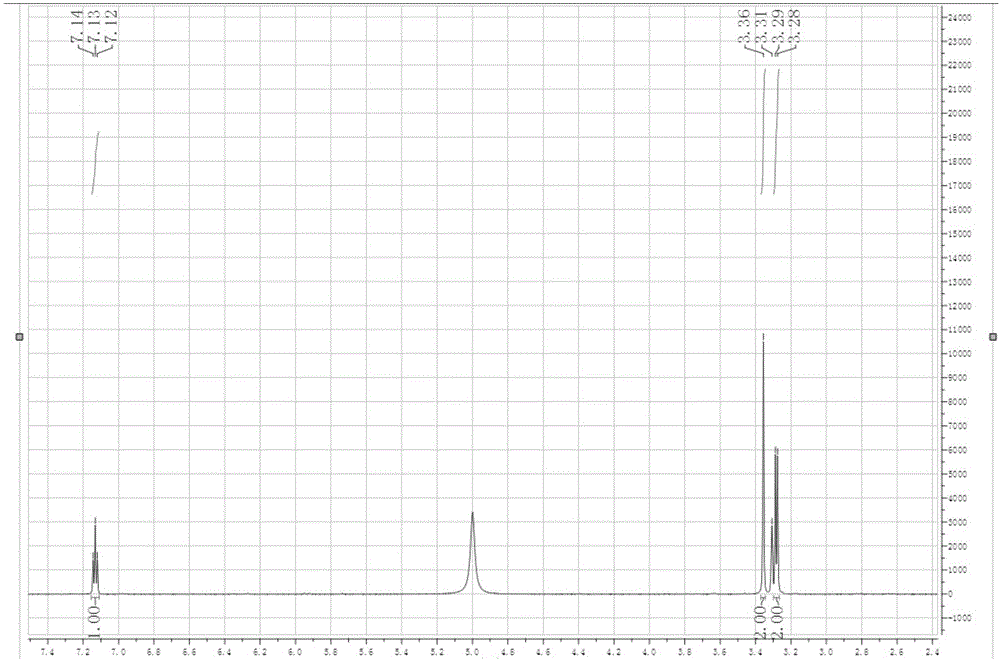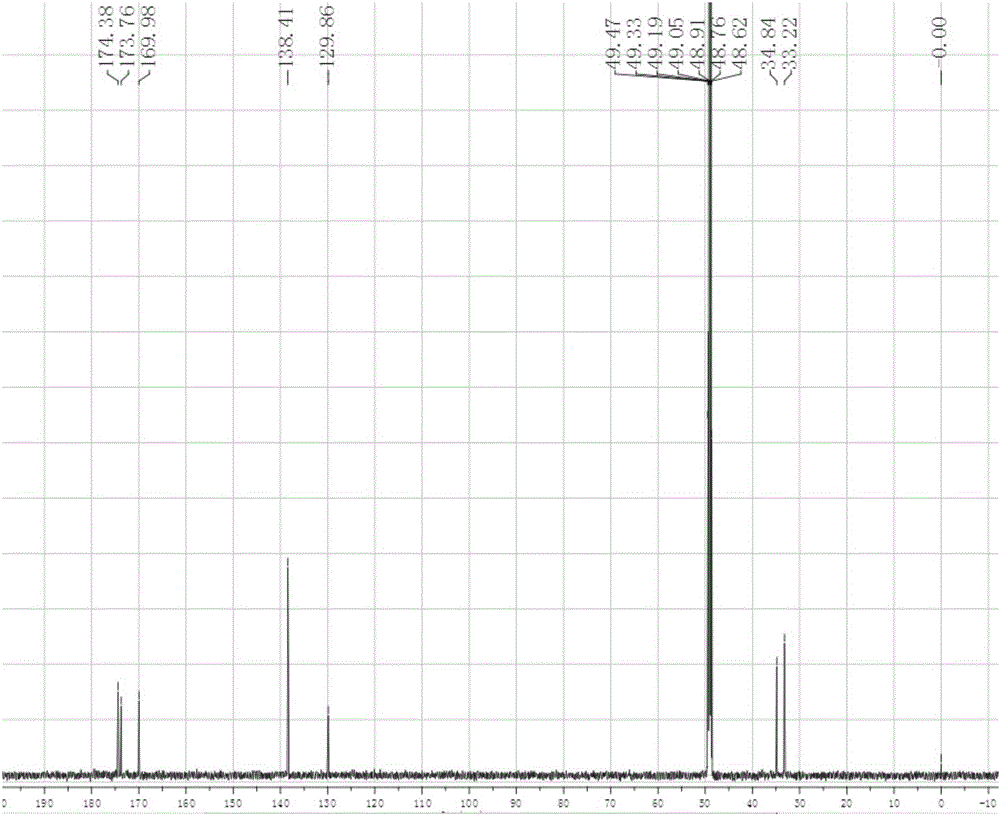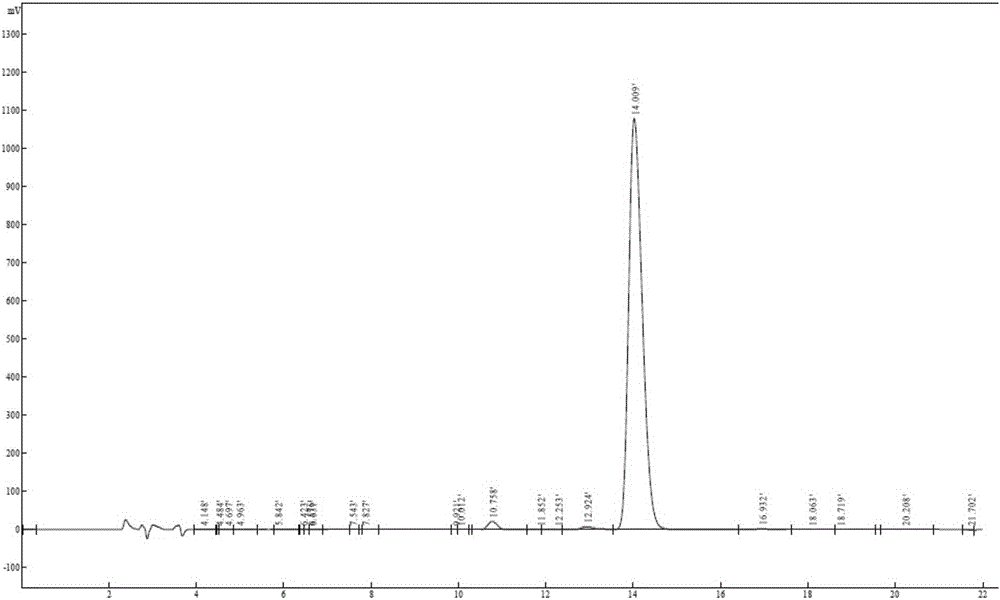Method for identifying rhizoma pinelliae and brooklet anemone root
A technology of pinellia and tiger's palm, applied in the field of tiger's palm to identify pinellia, can solve the problems of unobvious characteristics of sub-tubers, difficult to identify, not rigorous enough, etc.
- Summary
- Abstract
- Description
- Claims
- Application Information
AI Technical Summary
Problems solved by technology
Method used
Image
Examples
Embodiment 2
[0061] Example 2 Identification method of pinellia and tiger palm of the present invention
[0062] 1. Preparation of reference solution
[0063] Take an appropriate amount of Ophiopogon japonicus acid reference substance, add the mobile phase to dissolve it, and make a solution with a concentration of 0.05 mg / ml.
[0064] 2. Preparation of test solution
[0065] Take 1g of pinellia or tiger palm medicinal powder, add 20ml of water, ultrasonically extract for more than 30min, filter or centrifuge, take 10ml of clarified extract, add 0.1ml of phosphoric acid, extract 4 times with ethyl acetate, 20-30ml each time, and recover ethyl acetate Add 5ml of mobile phase to dissolve the ester and residue, and pass through a microporous membrane to get it.
[0066] 3. Chromatographic conditions
[0067] Mobile phase: A (acetonitrile)-B (0.1% phosphoric acid) (3:97)
[0068] Column: Agilent ZORBAX Eclipse Plus C 18 Liquid chromatography column (4.6×250mm, 5μm)
[0069] Flow rate: 0.8ml / min
[0070] De...
Embodiment 3
[0075] Example 3 Condition screening test of the extraction method of the present invention
[0076] 1. Investigation of extraction method
[0077] (1) The amount of extraction solvent
[0078] Weigh 1g of tiger palm sample, add 20ml, 30ml, 40ml of water respectively, and ultrasonically extract, respectively take 10ml of clear extract, add 0.1ml of acid, extract with ethyl acetate, recover solvent, dissolve with 5ml of mobile phase solution, and pass through microporous membrane , High performance liquid chromatography detection.
[0079] Table 3 Investigation of extraction solvent consumption
[0080] Water consumption20ml30ml40ml Ophiopogon japonicus acid peak area16210270 Converted peak area162153140
[0081] The peak area is the highest when the water volume is 20ml, and the extraction effect is the best.
[0082] (2) Investigation of extraction time
[0083] Weigh 1g of tiger palm sample, add 20ml of water, and ultrasonically extract. The extraction time is 30min, 45min, 60min...
PUM
 Login to View More
Login to View More Abstract
Description
Claims
Application Information
 Login to View More
Login to View More - R&D
- Intellectual Property
- Life Sciences
- Materials
- Tech Scout
- Unparalleled Data Quality
- Higher Quality Content
- 60% Fewer Hallucinations
Browse by: Latest US Patents, China's latest patents, Technical Efficacy Thesaurus, Application Domain, Technology Topic, Popular Technical Reports.
© 2025 PatSnap. All rights reserved.Legal|Privacy policy|Modern Slavery Act Transparency Statement|Sitemap|About US| Contact US: help@patsnap.com



